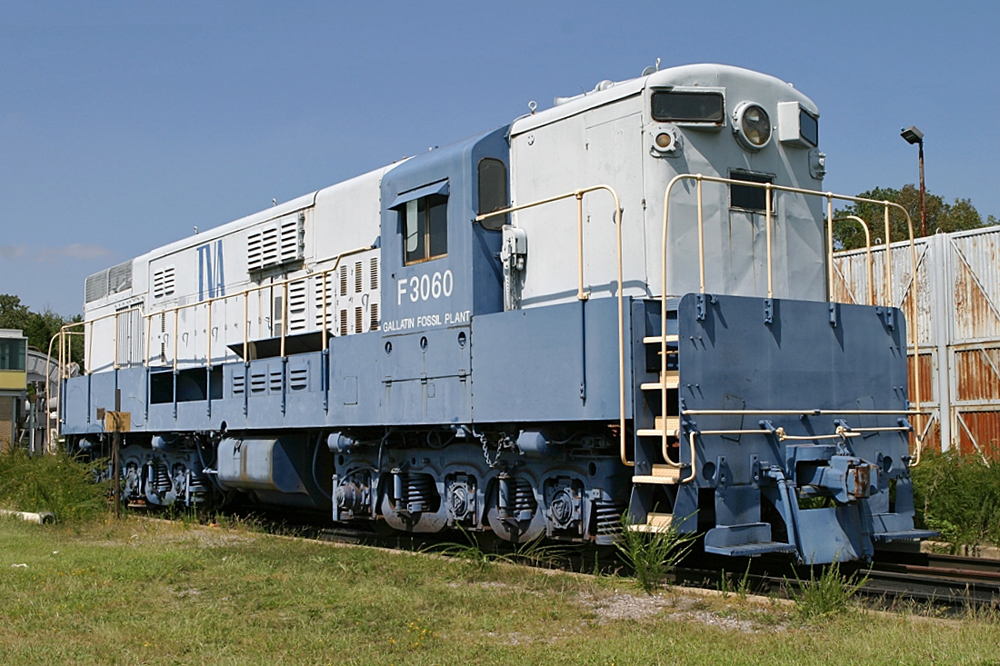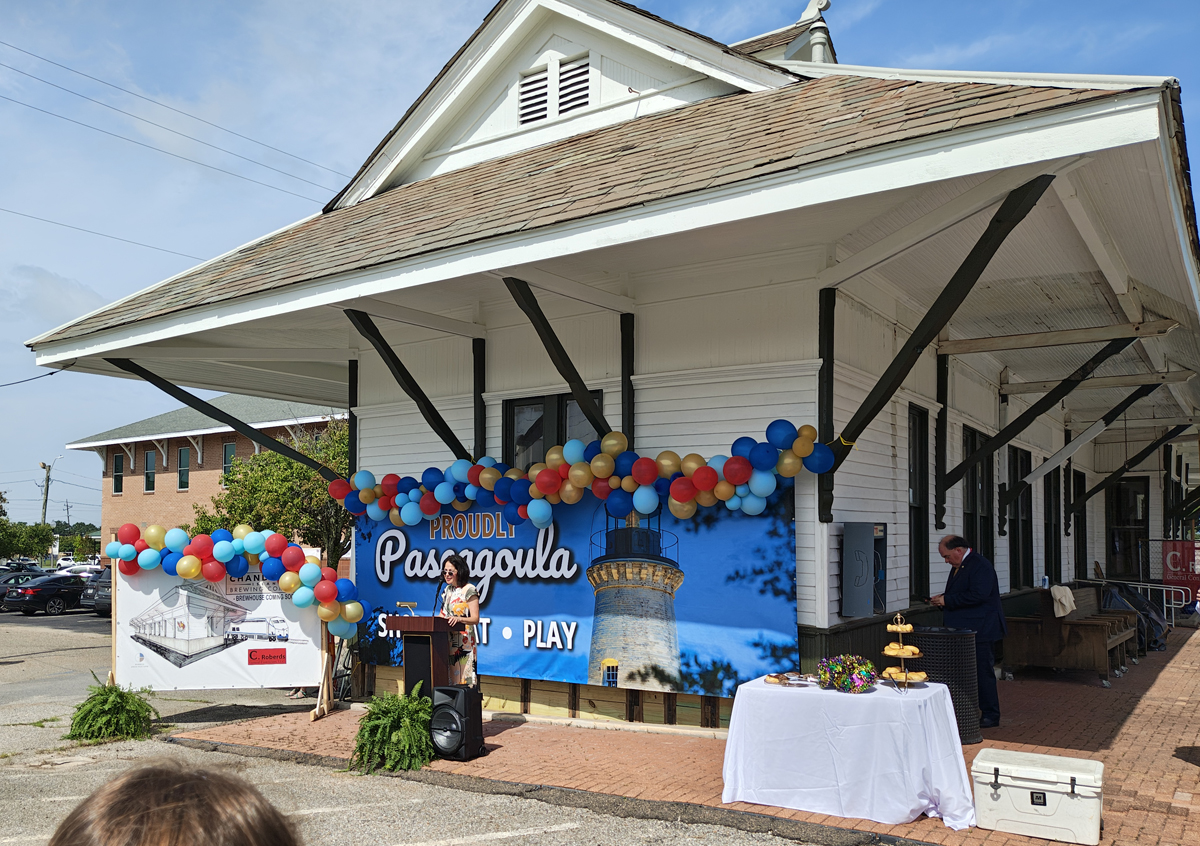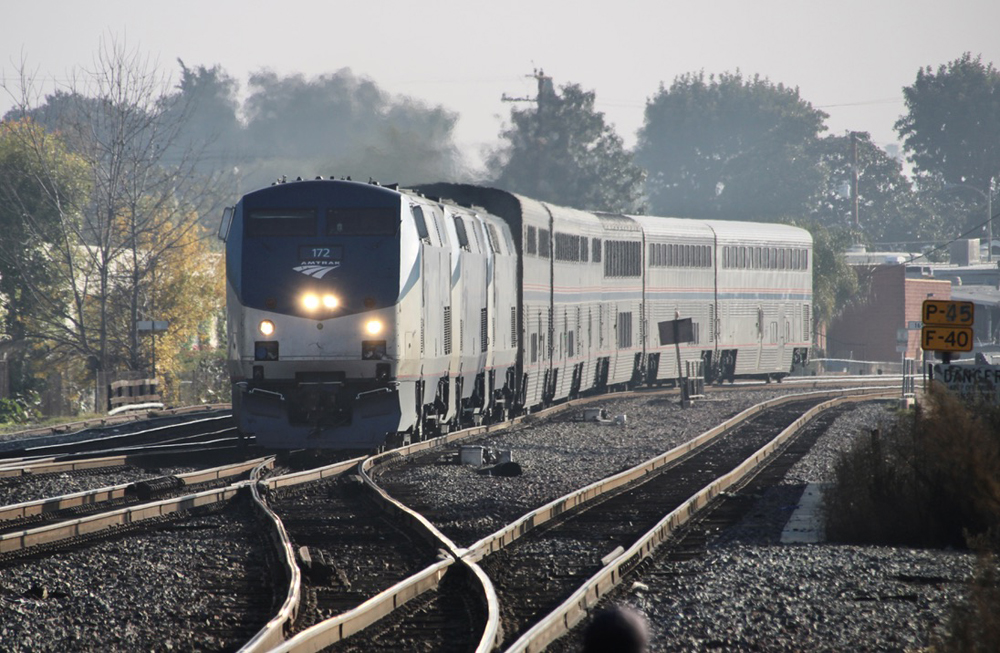
CHATTANOOGA, Tenn. — The Tennessee Valley Railroad Museum has added a rare Fairbanks-Morse locomotive to its collection thanks to a donation from the Tennessee Valley Authority.
The H16-66 “Baby Trainmaster”, built in 1958, is one of the few surviving Fairbanks-Morse locomotives, and one of less than 1,500 produced by Fairbanks-Morse before the company exited the locomotive business in 1963. It spent its entire working life at the TVA’s Gallatin power plant near Gallatin, Tenn., until its retirement in 1997.
With the plant isolated from rail service, the locomotive languished at the plant until the TVA approached the museum about possible donation and preservation. Extensive planning has taken place to allow the locomotive to be moved by truck to Chattanooga.
“TVRM is honored that TVA would place this locomotive in our collection for future display and possible operation” museum resident Tim Andrews said in a press release. “TVRM’s mission is to educate the public on the role of railroads in developing the Tennessee Valley region and what better example than this locomotive to showcase the intertwined efforts of the railroads and the supply of electricity by TVA in powering our economy.”
Plans are for the locomotive to be moved in time to be displayed for the start of the museum’s year-long 60th anniversary celebration beginning Oct. 14, 2021. The museum is seeking sponsorships to help defray the moving costs; more information is available at the museum website or at 60years@tvrail.com














I thought all 6 axle versions were trainmasters and the 4 axle version was the baby trainmaster?
Advice from Tennessee family, if anywhere near TVA Muscle Shoals nuke plant, don’t drink the water.
No joke, driving past there WB toward Nashville, our car’s compass read we were heading east.
I can see from Google Maps that the locomotive really was isolated. The power plant appears to have had a large rail capability that has given way to barges.
I rode in one on Jersey Central from Allentown to Jersey City and back. I was fascinated by the combined throttle/reverser handle; up for forward, down for reverse, pull back for power in either direction. Unique!
Wow didn’t know a Baby FM TrainMaster was still around, glad to hear that this engine has been saved and hopefully can be restored to operation. Although one of the problems with the Fairbanks Morse engines is that they shot oil out the stack if part of the engine is worn. But hopefully this engine is still in good running condition.
A TM was OUTSTANDING at accelerating a commuter train. It delivered full HP and rpm right away and had 6 traction motors. I commented on another forum that the only engine in its day that would accelerate a commuter train better was a K4. And CNJ used TM’s on the NY&LB while PRR used K4’s on the same line.
What is the heritage of this locomotive? Any chance they could get it running/ What paint scheme will be it’s livery?
It looks like from the article, it spent it’s entire life at TVA.
At my age, just about all of us have ridden trains with all the majors, GE, EMD/ GMD, and Alco/ MLW, at the head end. An unlikely entry into my mileage log was a train pulled by an F-M Trainmaster. This was SP’s peninsula train in 1973, San Jose to SanFran. At the time I jotted a note I thought it sounded like a coffee grinder.
I’m no expert on diesels of that generation. Wiser people than me would need to discuss if the F-M was suitable for frequent starting and stopping on a commuter run.
We can thank Lionel for making many of us aware of F-M and Trainmasters.